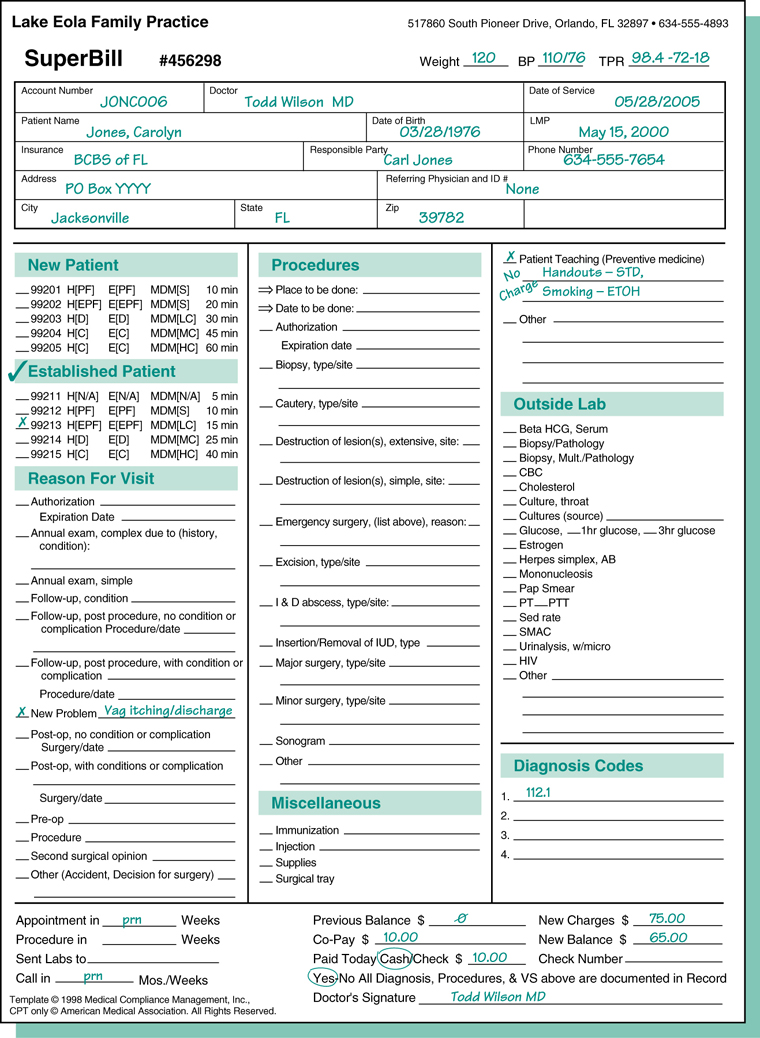
8:30 a.m. to 12:30 p.m. -- Monday Thru Friday
CERTIFICATE PROGRAM--18 SEMESTER CREDITS
18 WEEKS--450 CLOCK HOURS--Cost $6500
Program Description
The number of people seeking health care services has increased as a result of an aging population, technologic advances, and better access to health care. At the same time, there is an increase in the use of outpatient services. This increase is due in part to the government introduction to tighter controls over inpatient services. The government continues to increase its involvement in and control over health care through reimbursement of services for Medicare patients. Other insurance companies are following the governments lead and adopting reimbursement systems that proved effective in reducing third-party payer costs.
Health care in America has undergone tremendous change in the recent past, and more changes are promised for the future. These changes have resulted in an ever increasing demand for qualified coders. The government predicts a growth in the demand for coders of 49%. With health services ranked as the third largest growth industry in America, the national shortage has increased the salary for the coding occupation. Salaries in general show a solid upward trend.
The U.S. Department of Labor projects a faster than average growth for health care. The fastest employment growth is going to be in the physician’s office, and especially large group practices. The growth is due to the increase in the number of medical testing, treatments, procedures and the increase in the claims reviewed by third party payers.
Minimum requirements for enrollment.
High school diploma or equivalent for admission.
Computer & Internet technology: 30 Clock Hours
During the last 15 years, we in education have moved at light speed in the area of educational technology. Whether you are involved in higher ed, or secondary ed, all of us find it difficult to catch up, keep up, and put up with fast-moving computer-based technology. Not since the introduction of the blackboard have we seen a piece of equipment make such a difference in how we learn. Today, not only do we use computers, but we also have laptops, wireless laptops, and tablet PCs. In addition, we have the World Wide Web.
Microsoft Word: 30 Clock Hours
Become familiar with Word for letter and report writing. They will learn the use of the tool bars to edit, format, cut, paste and correct errors in Word.
Typing Tutor: 30 Clock Hours
Regardless of the students prior skills this program will be used throughout the course to enhanced their typing skills.
Anatomy and Terminology (The Language of Medicine): 90 Clock Hours
This is a basic overview of the major systems of the human body. It will include not only identification, but also the location and the function of the systems covered along with conditions and diseases that are common to those systems. The knowledge that you gain will jump-start your career in the medical workplace.
Medical Insurance-Understanding the Claim Cycle in the Medical Office: 90 Clock Hours
This combination textbook and workbook, explains each phase of the medical claim cycle, from the time the patient calls for an appointment until the financial transaction for the encounter is completed. Coverage includes types of insurance payers, basic coding and billing rules, and standard requirements for outpatient billing using the CMS-1500 claim form. It also emphasizes legal aspects related to each level of the medical claim cycle and the importance of the medical office employee, showing their responsibility for and impact on successful reimbursement.
Computers in the Medical Office-NDC Medisoft: 90 Clock Hours
Welcome to Computer's in the Medical Office, the new electronic health records revolution. This course introduces you to the concepts and skills you will need for a successful career in medical office billing and electronic health records. Medical biller is one of the ten fastest-growing allied health occupations. This employment growth is the result of the increased medical needs of an aging population, advances in technology, and the growing number off health practitioners. Computers in the Medical Office prepares students for administrative tasks in health care practices. The course introduces and simulates situations using NDCMedisoft Advanced, a widely used medical administrative software. While progressing through NDCMedisoft's menus and windows, students learn to input patient information, schedule appointments, and enter transactions. In addition, they produce various lists and reports, and learn to create insurance claims. These invaluable skills are important in effective electronic financial management of health care practices.
Case Studies for the Medical Office: 90 Clock Hours
This section is an introduction to a simulated medical group. You will learn about the purpose, the people, and the structure of the practice. In addition you will be introduced to the topics of medical records and patient privacy. It is important to understand the proper use and disclosure of patient health information. You will learn about your role and your specific responsibilities in a medical group, including activities such as scheduling, billing, and responding to patient inquiries.
Possible Fields of Employment
11-9111 Medical Records Admistrators, Medical and Health Services Managers
29-2070 Medical Records and Health Information Technicians
29-2071 Medical Records Specialists, Medical Records Technicians
43-9041 Insurance Claims Clerks
.


